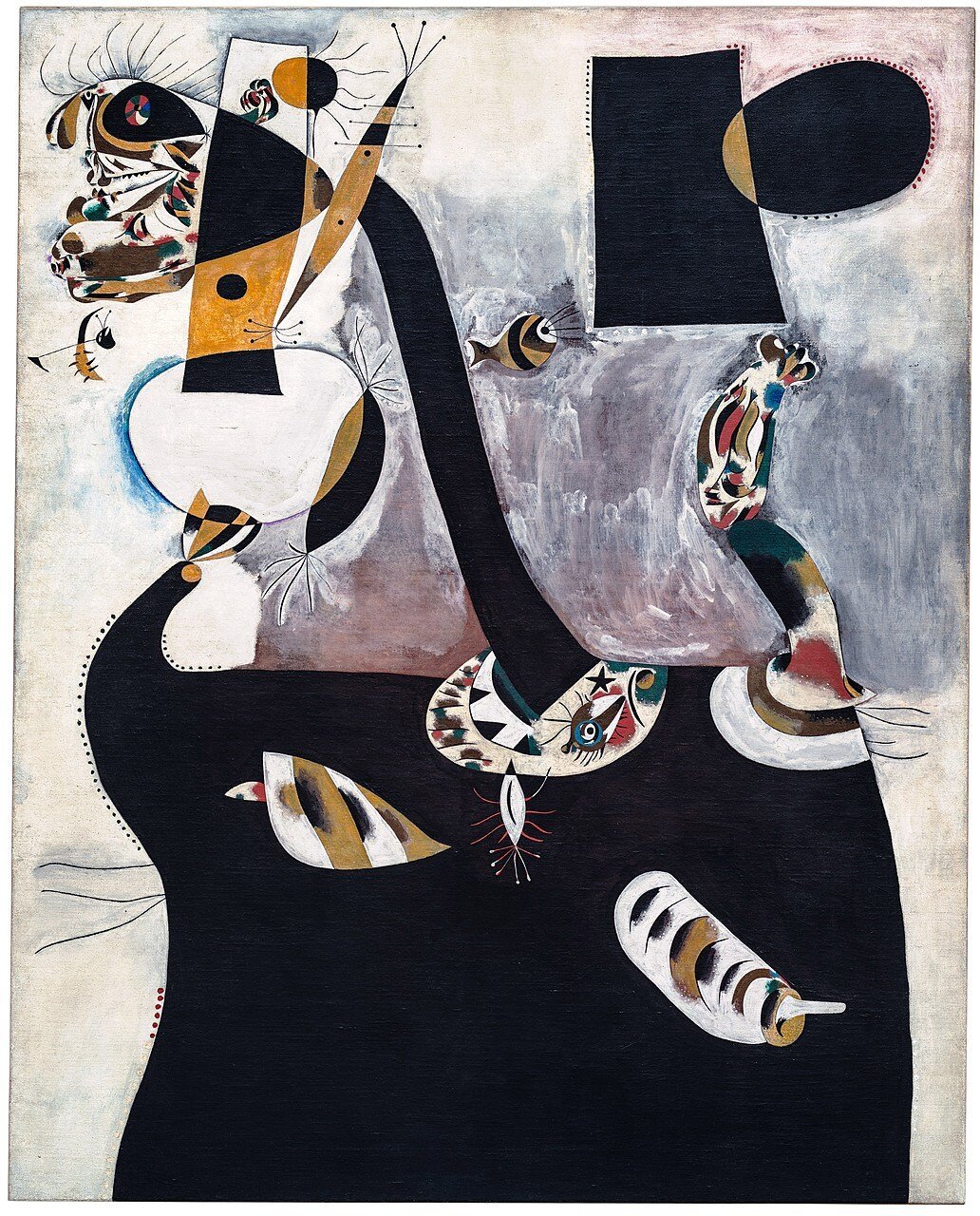
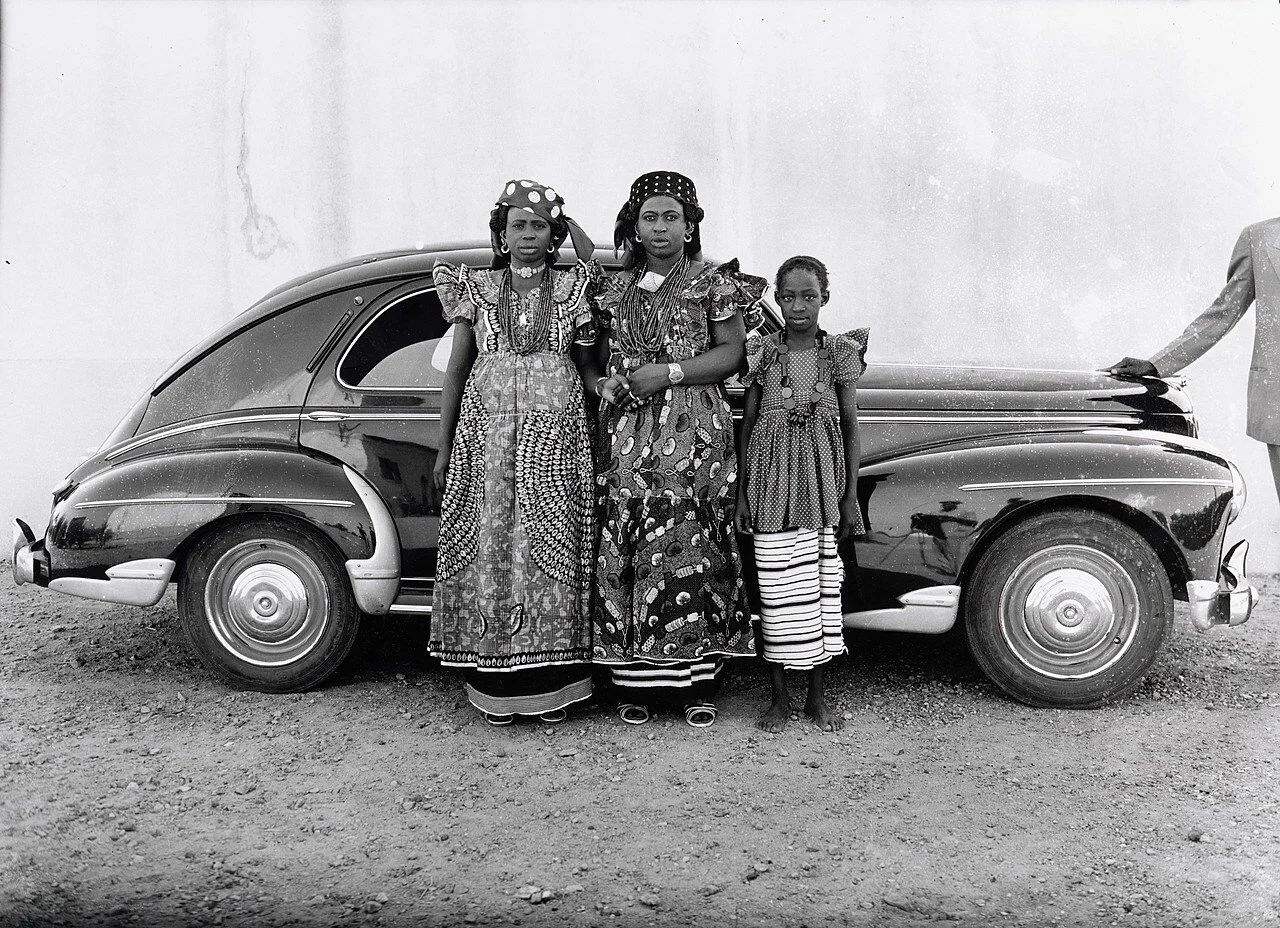
![Woman with Animals (Madame Raymond Duchamp-Villon) ( La dame aux bêtes [Madame Raymond Duchamp-Villon] )](https://images.squarespace-cdn.com/content/v1/5509aaade4b014805939e79c/1574366766902-5LX6XUK9DM382F1T2NDH/WomanWithAnimals-Gleizes.jpg)
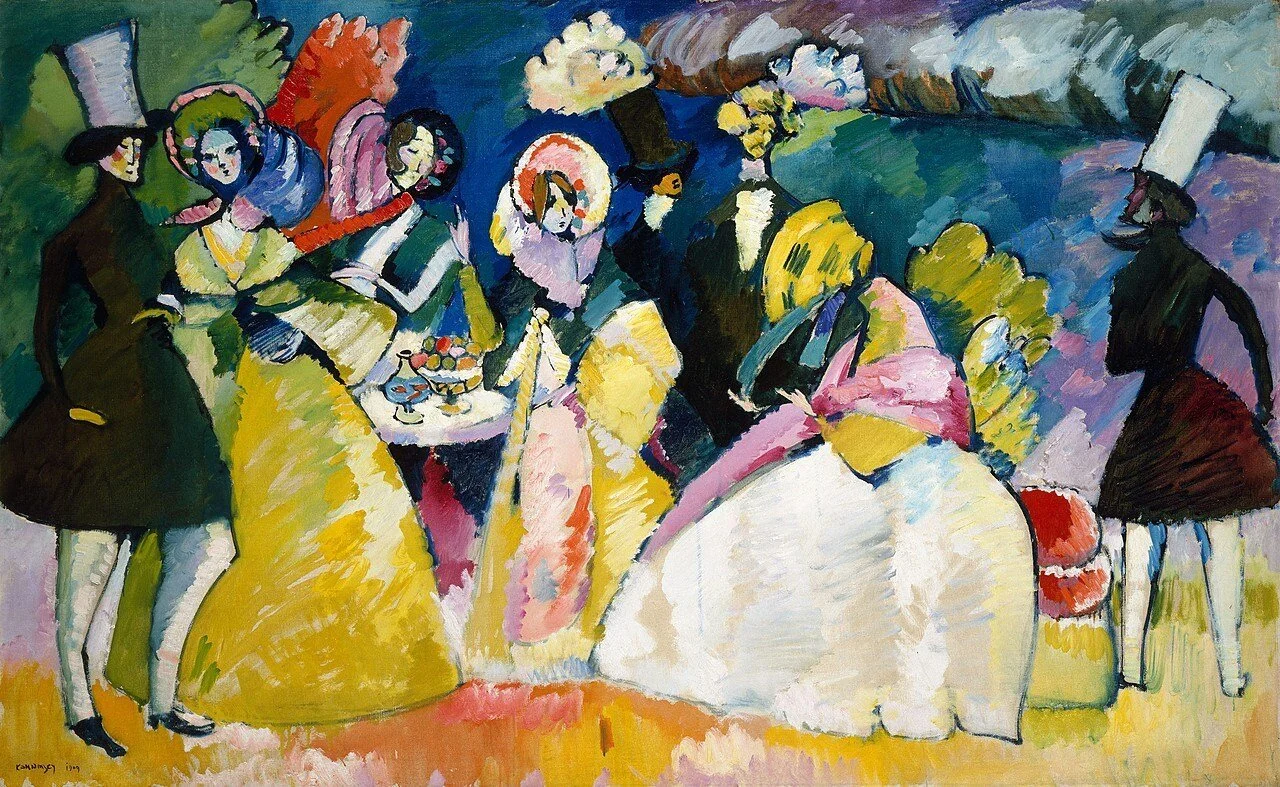
![Woman Holding a Vase (definitive state) ( Femme tenant un vase [état définitif] )](https://images.squarespace-cdn.com/content/v1/5509aaade4b014805939e79c/1574283239742-CARWAF5R9OL1E0KE1U6N/WomanVase_Leger.jpg)
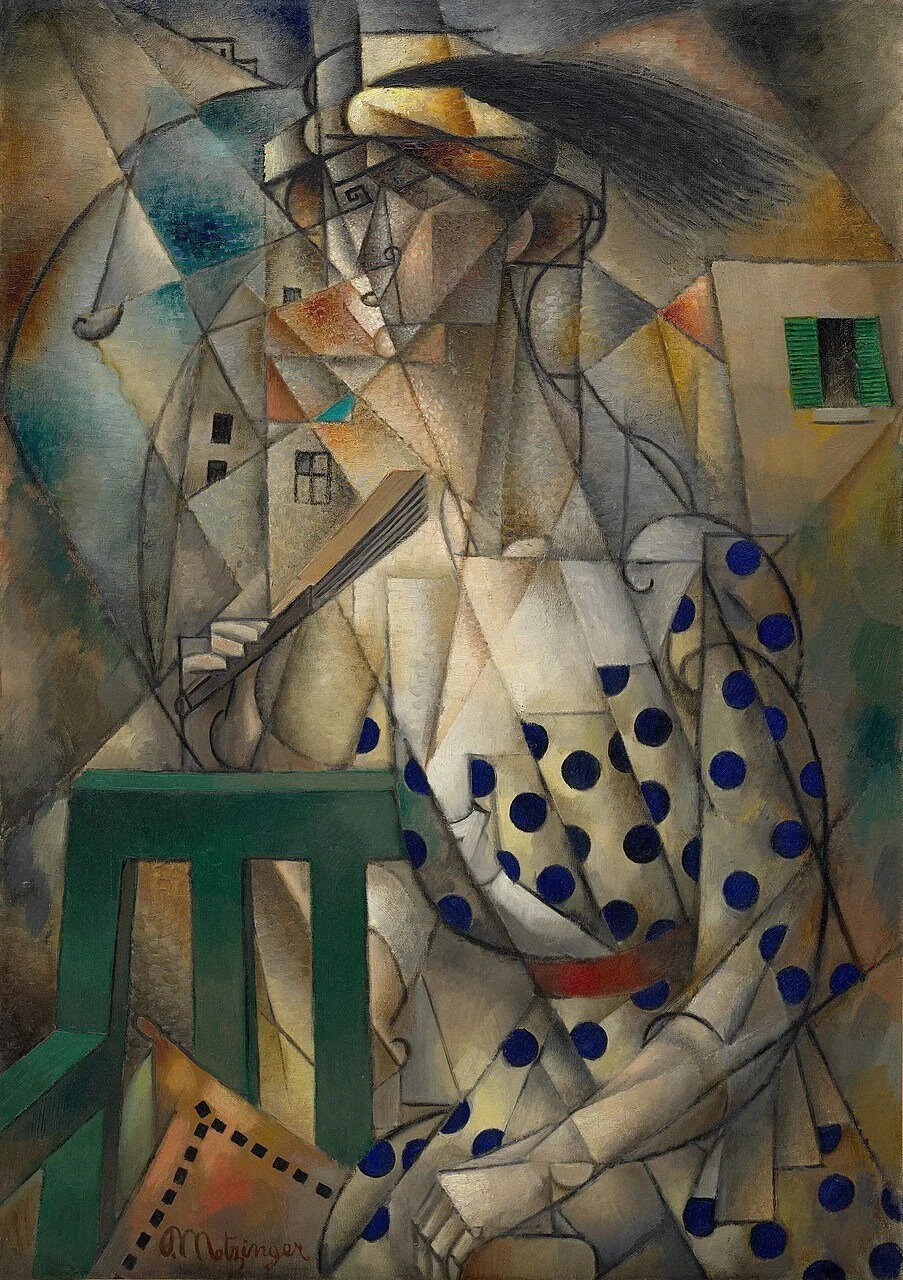
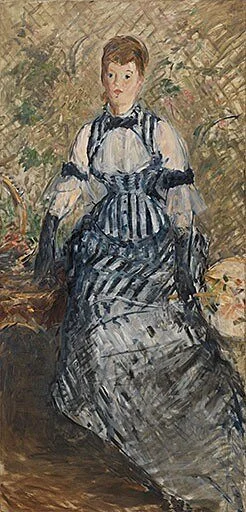
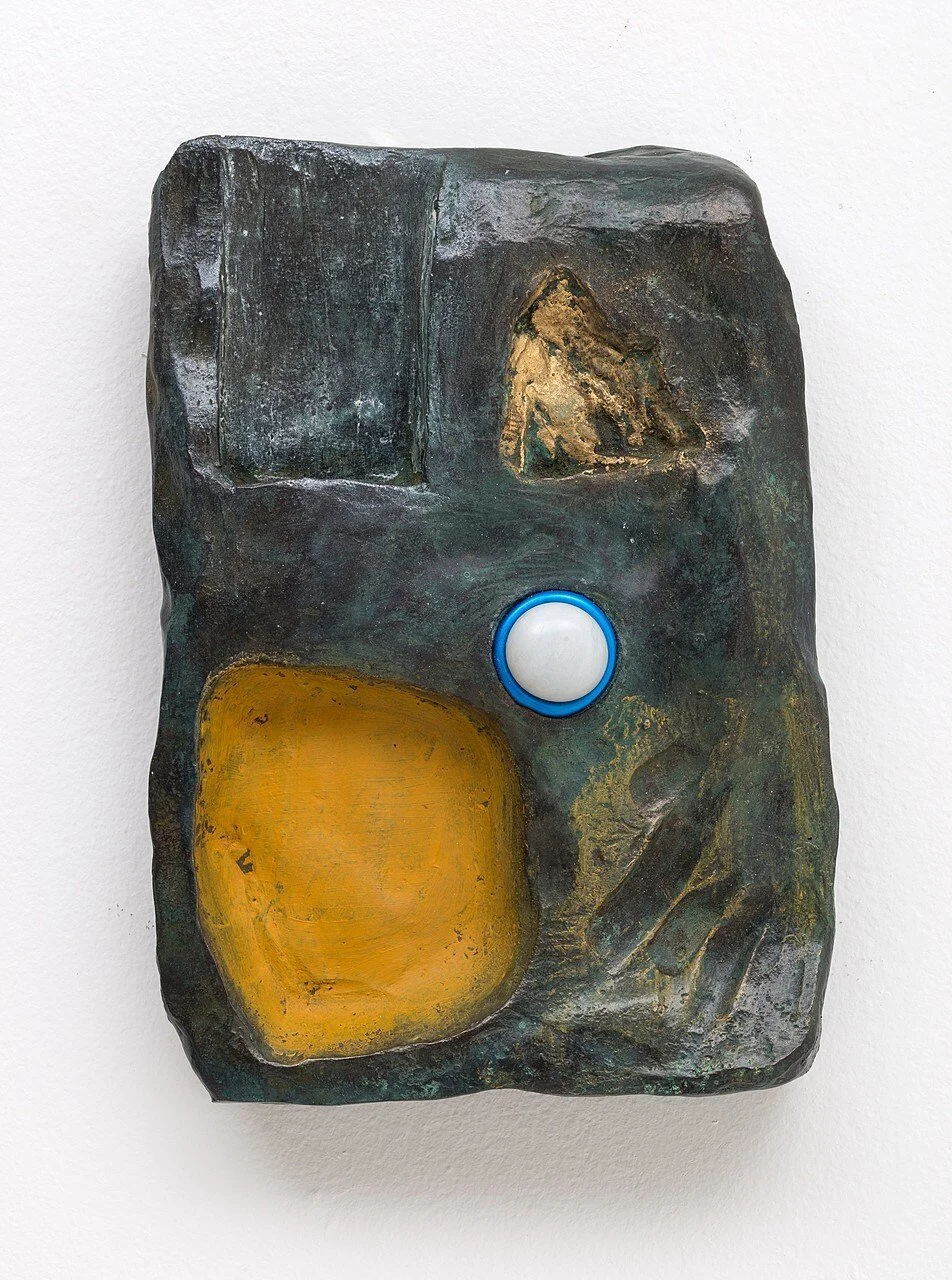
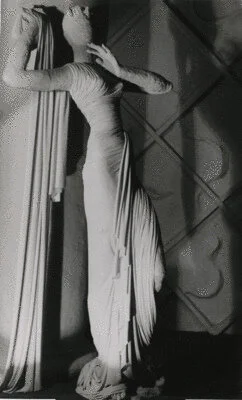
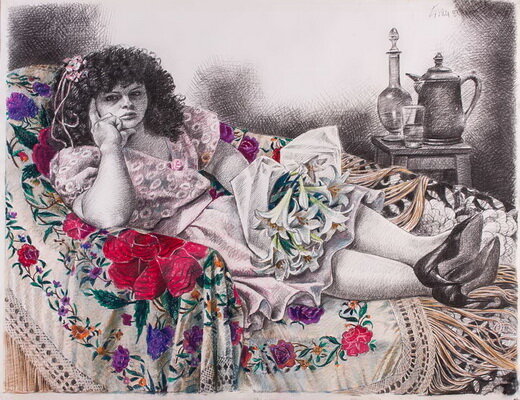
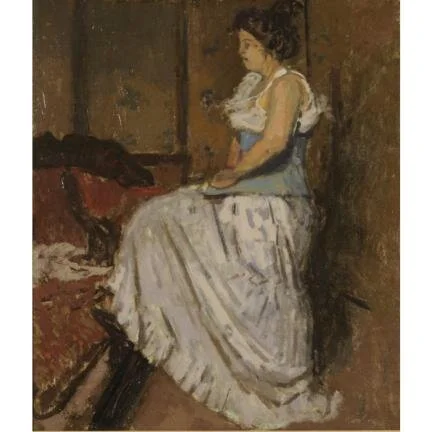

Joan Miró, February 27, 1939, Paris, The Solomon R. Guggenheim Foundation Peggy Guggenheim Collection, Venice, 1976
The expressionistic Seated Woman II can be seen as a final manifestation of Joan Miró’s peintures sauvages, works characterized by violence of execution and imagery. It was painted at a time when Miró, like Pablo Picasso and Julio González, was responding acutely to the events of the Spanish Civil War.
The human figure has been transmogrified here into a grotesque and bestial creature. However, the aggressiveness of imagery and formal elements coexists with fanciful details and cosmic implications. Though the open, saw-toothed mouth imparts a sense of the woman’s voraciousness or anguish, her bottle-breast implies her generative force. Her expansive torso constitutes an impenetrable ground, its horizon line described by her squared shoulders, out of which grow the vegetative stems of arms and neck. The bird and fish forms floating through the atmosphere become insignias for air and water, while the moon, star, and planet emblems on the woman’s collar broaden the associations to encompass the astral plane. The remaining abstract shapes seem to course slowly in mysterious orbits, passing through and beyond one another, changing color where they intersect. A cohesive universe is created despite the dichotomies of light and dark, nurture and destruction, life and nonexistence. Integration is provided by the repetition of shapes, such as the leaf and oval, which suggests analogies: the woman’s pendant becomes a moon or vagina, her hair resembles lines of sight, like those of the fish, or rays of light, and her teeth are equated with the decorative motifs or mountains in the miniature landscape of her collar.
This work postdates by about two months the more generalized Seated Woman I (Collection The Museum of Modern Art, New York)." — Lucy Flint

Seydou Keïta, 1954-60 (printed 1998), Solomon R. Guggenheim Museum, New York Gift, The Bohen Foundation, 2001
MEDIUM: Gelatin silver print
DIMENSIONS: image: 15 13/16 x 22 5/16 inches (40.2 x 56.7 cm); sheet: 20 inches x 23 7/8 inches (50.8 x 60.6 cm)
"Among the first generation of Malian photographers, Seydou Keïta made portraits that capture processes of urbanization and modernization in Bamako during the late colonial period. In the 1940s and ’50s, Keïta’s predominantly urban clientele used portraiture to visually express and memorialize valued facets of their identities, including socioeconomic status, cultural heritage, and profession. Most often, these ideas were conveyed through personal adornment and the incorporation of material aids. In some cases, patrons arrived at the studio with their possessions; in others, Keïta would meet clients at their homes or workplaces to picture them as they wished to be seen in their lived environments. For those of lesser means, Keïta supplied props, such as cosmopolitan suits, hats, watches, eyeglasses, and other fashion accessories, as well as radios, telephones, and even his car. To add visual interest, Keïta incorporated several backdrops featuring decorative floral, arabesque, and checkerboard patterns. Juxtaposed with the sitters’ attire, these iconic elements flatten the picture plane, highlighting his subjects’ features and expressions. Since Keïta’s used the textiles consecutively, they help to date his images—the first was his tasseled tapestry bedspread, as seen in Untitled (ca. 1955). The formal quality of Keïta’s portraits results from two factors: his photographic technology—a large wood view camera with a broken shutter, which required several seconds of exposure—and a cultural aesthetic that finds serious composure the mark of refined character." — Candace M. Keller
![Woman with Animals (Madame Raymond Duchamp-Villon) ( La dame aux bêtes [Madame Raymond Duchamp-Villon] )](https://images.squarespace-cdn.com/content/v1/5509aaade4b014805939e79c/1574366766902-5LX6XUK9DM382F1T2NDH/WomanWithAnimals-Gleizes.jpg)
Albert Gleizes, 1914, The Solomon R. Guggenheim Foundation, Peggy Guggenheim Collection, Venice, 1976
"As in a number of his other paintings of this period, Albert Gleizes depicts a domestic interior scene in a self-consciously “modern” style. Here the seated woman is the wife of Raymond Duchamp-Villon, the sculptor who took part in the discussions of the Cubist group at Puteaux during the early 1910s. She is portrayed as the epitome of bourgeois complacency, in a large armchair, with her dog and two cats, sensible tie shoe, wedding band, and string of beads. Typically Cubist elements are the fusion of figure and ground, the frontal, centralized pose, the multiple views of the sitter’s face, the choppy brushstrokes defining and shading planes, and the patterning of areas to resemble collage. Futurist devices are the repetition of form to describe movement (the dog’s wagging tail) and planar intersections and force lines meant to express notions of the dynamic interpenetration of matter and atmosphere." — Lucy Flint

Vasily Kandinsky, 1909, Solomon R. Guggenheim Museum, New York Solomon R. Guggenheim Founding Collection
![Woman Holding a Vase (definitive state) ( Femme tenant un vase [état définitif] )](https://images.squarespace-cdn.com/content/v1/5509aaade4b014805939e79c/1574283239742-CARWAF5R9OL1E0KE1U6N/WomanVase_Leger.jpg)
Fernand Léger, 1927, Solomon R. Guggenheim Museum, New York
"As a call to order resounded throughout postwar French society, Léger introduced the monumental, classical figure into his art. The absolute calm and stasis of Woman Holding a Vasedemonstrates his affinities with the neo-antique depictions of women by his contemporariesPablo PicassoandGino Severini. It also shows Léger’s sympathies with the Purist ideals of Amedée Ozenfant and Le Corbusier, who called for a revival of classical aesthetic consonance as a symbol of renewed social harmony. Léger’s palette of blue, yellow, red, and black is indebted toPiet Mondrian’s concurrentDe Stijl paintings, further evincing Léger’s identification with utopian and reconstructivist ideals of the 1920s and 1930s." — Nancy Spector

Jean Metzinger, 1912, Solomon R. Guggenheim Museum, New York Solomon R. Guggenheim Founding Collection, By gift

Édouard Manet, ca. 1877–80, Solomon R. Guggenheim Museum, New York, Thannhauser Collection, Gift, Justin K. Thannhauser, 1978
"In 1865 Edouard Manet shocked Parisian audiences at the Salon with his painting Olympia (1863), an unabashed depiction of a prostitute lounging in bed, naked save for a pair of slippers and a necklace. While not an unpopular subject in 19th-century French painting, the courtesan had rarely been portrayed with such honesty. The artist provoked a similar scandal when his painting Nana (1877)—depicting a coquettish young woman in a state of partial undress powdering her nose in front of an impatient client—was exhibited in a shop window on the boulevard des Capucines. Manet’s attention to a motif conventionally associated with pornography reflected his desire to render on canvas the truths of modern life. It was a theme that symbolized modernity for many late-19th-century artists and writers, including Edgar Degas and Emile Zola, who devoted their work to realistic portrayals of the shifting class structures and mores of French culture. Images of courtesans may be found throughout Manet’s oeuvre; Before the Mirror is thought to be one such painting, related iconographically to Nana, but more spontaneous in execution. The artist’s vigorous brushstrokes lend an air of immediacy to the picture. As in Nana, the corseted woman represented here admires her reflection in a mirror; but this particular scene is extremely private—the woman, in quiet contemplation of her own image, is turned with her back to the viewer.
Manet’s endeavor to capture the flavor of contemporary society extended to portraits of barmaids, street musicians, ragpickers, and other standard Parisian “types” that were favorite subjects of popular illustrated literature. Since the subject of Woman in Striped Dress is unidentified—conjecture that she might be the French actress Suzanne Reichenberg remains purely speculative—it is tempting to view this portrait as Manet’s rendering of one such type: the fashionable Parisian bourgeois woman, complete with Japanese fan.
Both paintings exemplify Manet’s use of seemingly improvised, facile brushstrokes that emphasize the two-dimensionality of the canvas while simultaneously defining form and space. From our vantage point, it is less Manet’s choice of subject matter than the tension between surface and subject, in which the paint itself threatens to dissolve into decorative patterns, that defines his work as quintessentially Modern." — Nancy Spector

Erika Verzutti, 2013, bronze, Solomon R. Guggenheim Museum, New York Gift of the artist on the occasion of the Guggenheim UBS MAP Global Art Initiative, 2014

Walter Richard Sickert, 1906, Gift of Herman H. Levy, McMaster Museum of Art
Dimensions: Overall: 52.1 x 44.5 cm (20 1/2 x 17 1/2 in.)
Medium: Oil on canvas